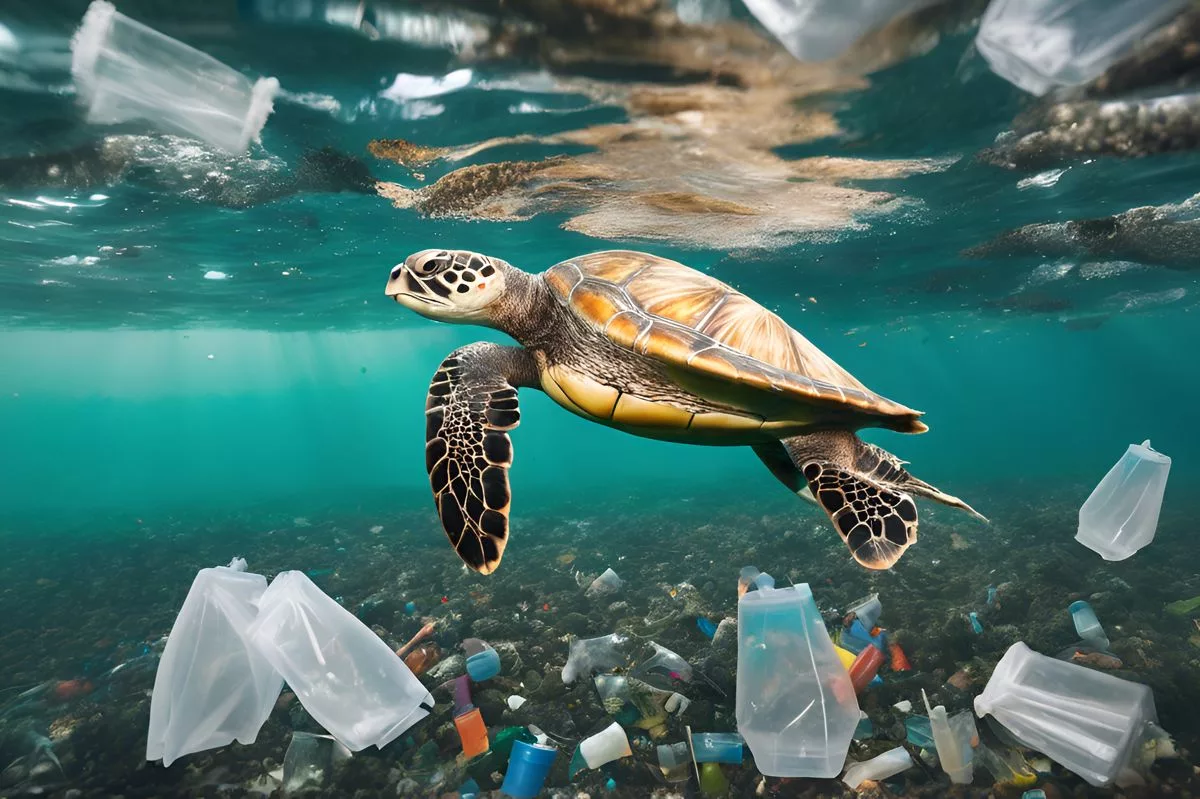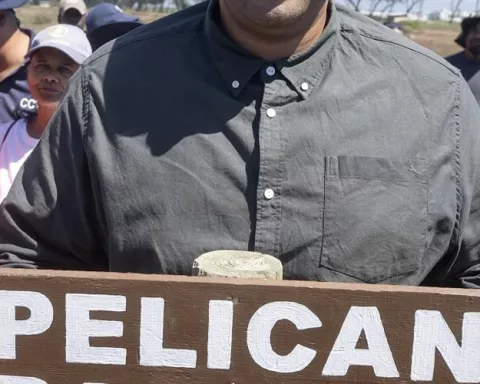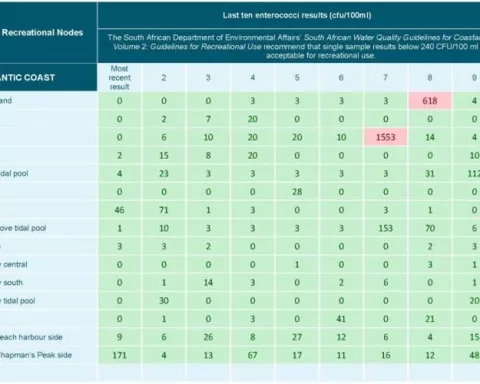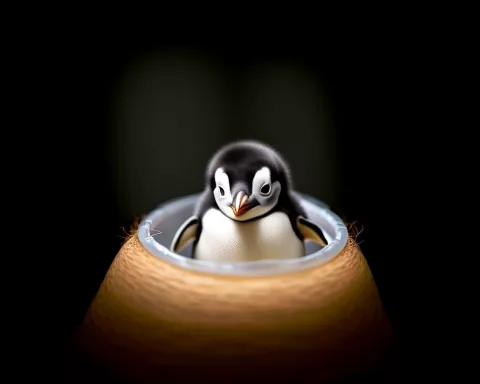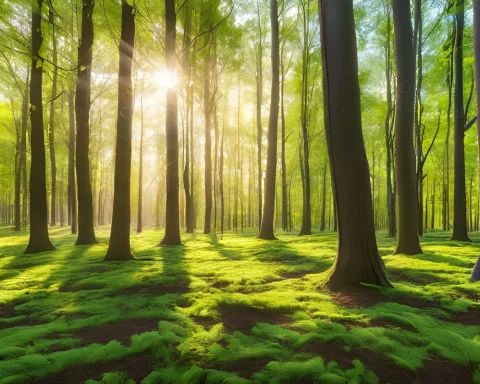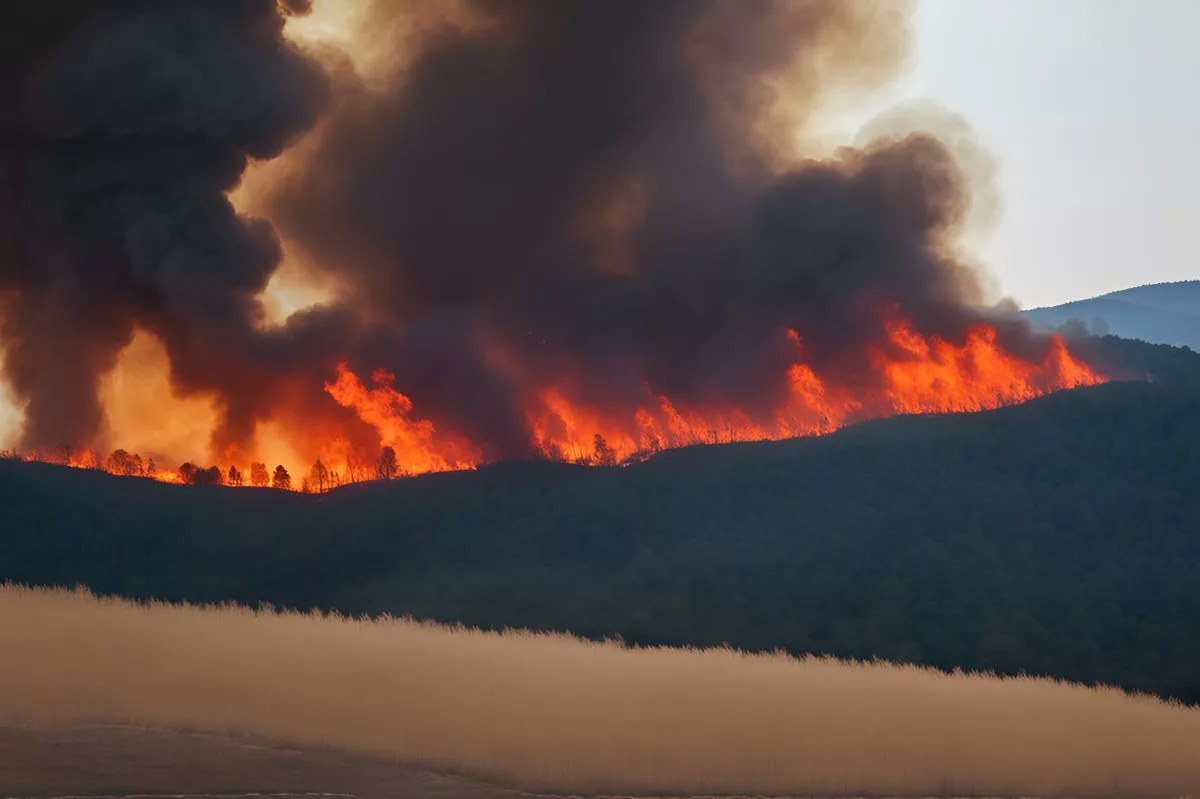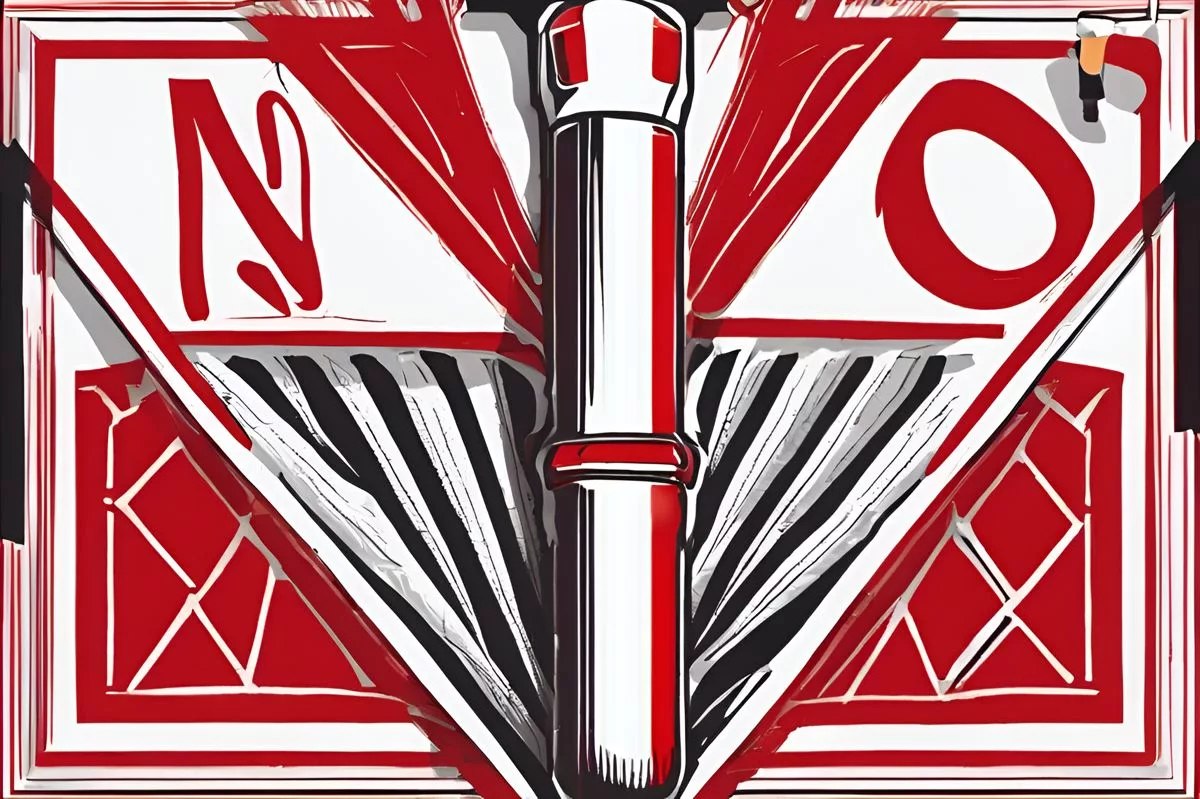Bokkie is a green turtle who was found in a terrible condition due to plastic pollution in the ocean. She was rescued and cared for by the Turtle Conservation Centre, where her health improved. However, during her recovery, it was discovered that she had ingested a large amount of plastic waste, highlighting the urgent need for environmental protection. Bokkie’s story is a call to action for mindful waste management and preservation of marine ecosystems.
Who is Bokkie and what is her story?
Bokkie is an adolescent green turtle found in a dejected condition, a victim of plastic pollution and mankind’s uncontrolled littering of plastic into the oceans. She was rescued by the Two Oceans Aquarium Foundation’s Turtle Rescue Network and nursed back to health by Laura du Toit and her team at the Turtle Conservation Centre. Bokkie’s story highlights the urgent requirement for environmental guardianship and mindful waste management. Her journey is a compelling summons to action, beseeching us to prioritize environmental preservation for the wellbeing of these creatures and our planet.
A Champion Rises Amidst a Crisis
As the Springboks excelled in the Rugby World Cup 2023 semi-finals, a unique hero was birthed on the shores of Struisbaai Plaat, South Africa. Fondly identified as Bokkie, this adolescent green turtle was found in a dejected condition, a muted casualty of mankind’s uncontrolled littering of plastic into the oceans.
The Two Oceans Aquarium Foundation’s Turtle Rescue Network, a group dedicated to the safeguarding and protection of aquatic life, immediately took action. Bokkie displayed the brutal effects of her trial. Her left flipper was cut off, her body was besieged by severe plastic ingestion, and she was covered in a dense layer of algae and barnacles.
The Road to Recovery
Bokkie was swiftly taken under the nurturing wing of Laura du Toit and her squad at the Turtle Conservation Centre. The team promptly initiated an operation to nurse Bokkie back to health. The foremost task was the meticulous removal of 800 grams of barnacles from her plastron. Her treatment regimen was extensive, incorporating pain management, antibiotics, wound care, and regular freshwater baths.
The team applied an innovative technique for Bokkie’s care, utilizing total parenteral nutrition (TPN) to guarantee she received crucial nutrients, even during her initial refusal to eat. This inventive method marked a first for the centre, representing their flexibility and determination to investigate every possible option for the wellbeing of the animals under their watch.
The Reality of Plastic Pollution
Bokkie’s recovery journey was tainted by disconcerting discoveries. During her first week at the centre, she expelled four pieces of plastic. By mid-November, this number had shockingly risen to 47 pieces, including remnants of garbage bags and even a money bag. This grave gut stasis, a situation wherein the gut hardens and stops functioning, was aggravated by the amount of plastic she had swallowed.
Regardless, every dark cloud has its silver lining. The extraction of these plastics signified a crucial transformation in Bokkie’s journey. By the end of November, Bokkie began eating regularly, moving from critical care to the primary rehabilitation space. Her recovery path was encouraging – her weight augmented, she enjoyed consuming sargassum and sea grasses, and she effectively transitioned to oral medication.
Her previously concerning amputated flipper turned out to be less of a problem due to the remaining elbow joint and the healing effects of a distinct blend of turmeric, F10 veterinary and honey mixture, a testament to the extraordinary durability of these aquatic creatures.
An Urgent Call for Environmental Stewardship
Bokkie’s tribulations highlight the pressing requirement for mindful waste management and environmental guardianship. The intensity of plastic pollution penetrating our marine ecosystems is a worldwide crisis. Bokkie’s narrative is a compelling summons to action, beseeching us to prioritize environmental preservation for the wellbeing of these creatures and our planet.
As the day approaches when Bokkie will rejoin her oceanic home, her account serves as a potent testament to the force of perseverance, transformative care, and the undying quest for a cleaner, safer marine environment. In the spirit of exploration and conservation, we must all heed the lessons from Bokkie’s tale, striving to ensure the future security of these majestic creatures and the safeguarding of their marine habitat.
1. Who is Bokkie and what happened to her?
Bokkie is an adolescent green turtle found in a terrible condition, victim of plastic pollution in the ocean. She was rescued and cared for by the Turtle Conservation Centre, where her health improved. During her recovery, it was discovered that she had ingested a large amount of plastic waste.
2. What is the Turtle Rescue Network and what do they do?
The Turtle Rescue Network is a group dedicated to the safeguarding and protection of aquatic life, specifically turtles. They were the ones who rescued Bokkie and took care of her during her recovery.
3. What was Bokkie’s treatment regimen?
Bokkie’s treatment regimen was extensive, incorporating pain management, antibiotics, wound care, and regular freshwater baths. The team applied an innovative technique for Bokkie’s care, utilizing total parenteral nutrition (TPN) to guarantee she received crucial nutrients, even during her initial refusal to eat.
4. How much plastic waste did Bokkie ingest and what were the consequences?
Bokkie ingested a large amount of plastic waste, with 47 pieces found by mid-November, including remnants of garbage bags and even a money bag. This caused a grave gut stasis, a situation wherein the gut hardens and stops functioning, which was aggravated by the amount of plastic she had swallowed.
5. What is the urgent need for environmental protection highlighted by Bokkie’s story?
Bokkie’s story highlights the urgent need for environmental protection, specifically mindful waste management and preservation of marine ecosystems, due to the intensity of plastic pollution penetrating the oceans worldwide.
6. What can we learn from Bokkie’s story and what actions can we take?
We can learn from Bokkie’s story the force of perseverance, transformative care, and the undying quest for a cleaner, safer marine environment. We can take action by prioritizing environmental preservation for the wellbeing of these creatures and our planet, embracing sustainable practices, and reducing waste.

